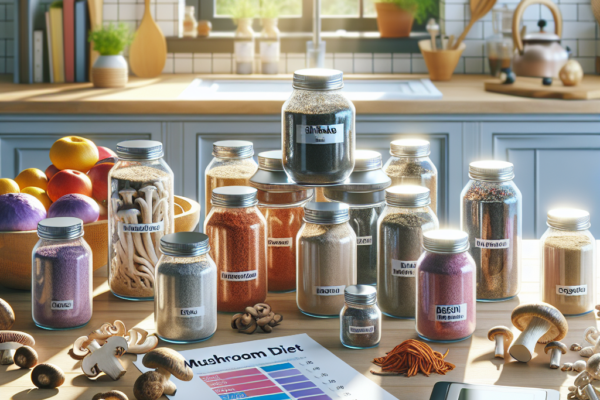Blog
How to Make Manchurian Mushroom Tea
Manchurian mushroom tea, made with sweet tea and bacteria, is often seen as a health beverage with detoxifying, cleansing and healing properties. A tea mushroom, or Kombucha mushroom as it’s sometimes called, which contains yeasts and nontoxic bacteria is used to make this drink. Once added to a solution of black or green tea and sugar it begins its reproduction process and releases enzymes capable of breaking down undigested foods or substances in your digestive tract and cleaning it effectively – thus providing relief from digestive distress.
Mushroom tea is widely considered one of the best ways to introduce beneficial bacteria into one’s system and reduce acidity levels in their stomach, as well as providing a deliciously refreshing beverage with only minimal equipment required to create your own homemade kombucha at home. So many people now brew kombucha themselves!
Kombucha tea has long been enjoyed both in Asia and Europe, where its origin is thought to have come from Manchuria or China. Today it remains popular throughout Russia and Eastern Europe where it’s sold as health tonic under various names; this fizzy, sour semi-sweet drink tastes similar to apple cider vinegar!
Kombucha tea is simple and straightforward to create at home using black or green tea, sugar and the kombucha culture. You can purchase one online, at health stores or from someone with an established batch; alternatively you could make your own from scratch by adding freshly brewed black/green tea and sugar into an empty jar and leaving to ferment for one week before giving back or starting over for more batches! Once this new mushroom forms it can then be used to produce even more kombucha or serve as the basis of new batches.
When making kombucha, it is crucial that the fermenting process uses glass or ceramic containers as metal can react with acids produced during the fermentation process and cause irreparable harm to its fermentation mushroom. Maintain a warm, quiet space free from direct heat or sunlight to best keep kombucha in its optimal state. Temperature should never drop below 68F nor surpass 86F; to do this it’s recommended that its container be placed away from windowsills and direct sunlight. Once the liquid has been fermented, it should be bottled and kept in the fridge. Refrigerate for several days for optimal sourness before pouring any leftover liquid into bottles that close tightly before placing them back into the fridge.



